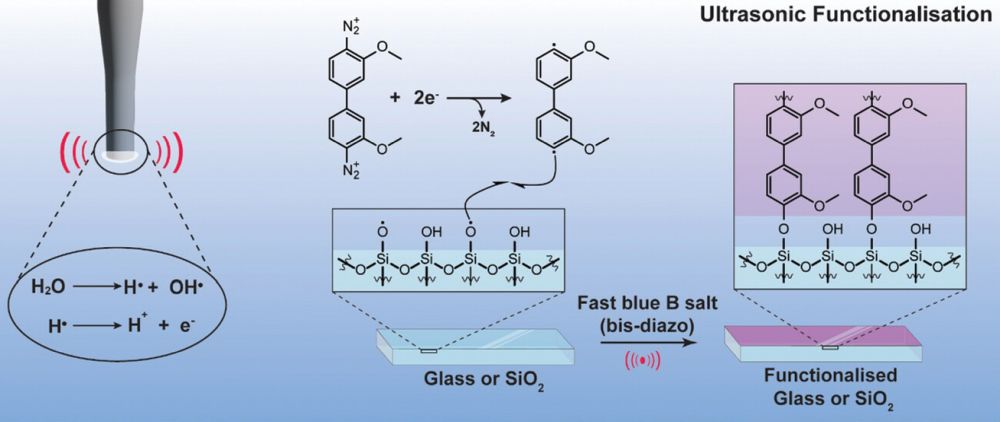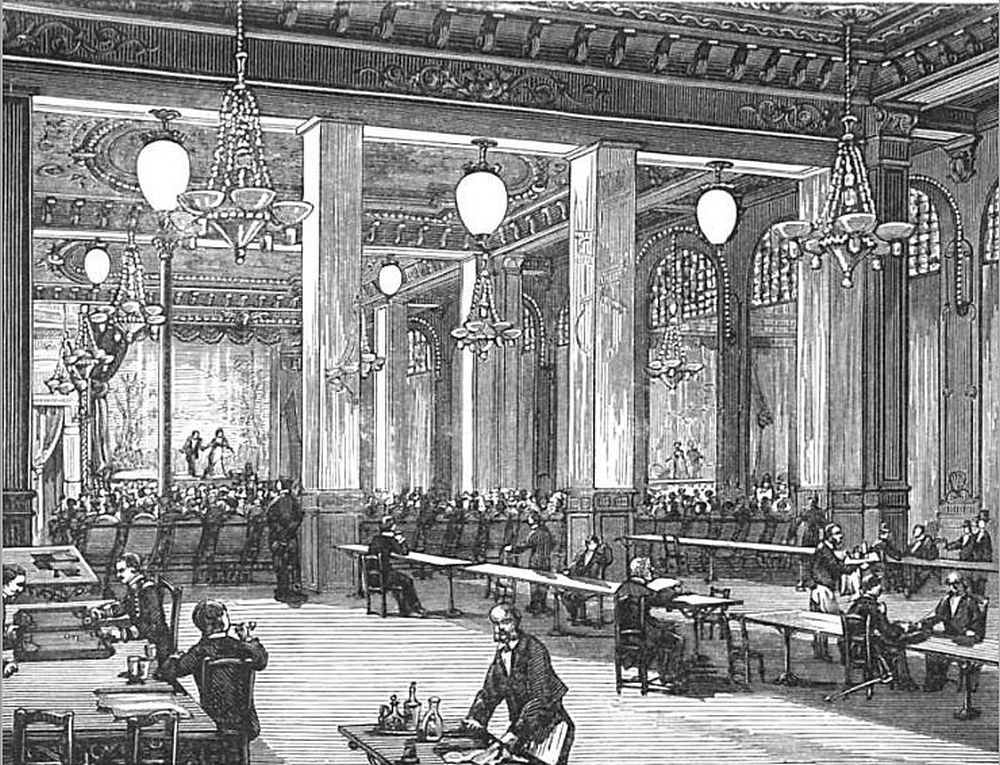[Image above] A team at Texas A&M University has developed a technique to rapidly and efficiently produce cermets, composites of ceramic and metal materials. Credit: Texas A&M University
Cermets join together some of the best of the materials worlds—ceramics and metals—giving this class of materials the high temperature resistance of ceramics yet the ductility and machinability of metals, among other properties.
And thanks to a new ceramic-metal joining technique developed at Texas A&M University (College Station, Texas), cermets might just become even more useful in the hunt for new materials to solve some of the most pressing next-generation energy challenges.
The Texas A&M team has developed a current-activated pressure-assisted infiltration (CAPAI) method that can quickly and efficiently combine ceramics and metals into stable, high-performance composites.
Usually, cermets are created by sintering together powders of metals and ceramics at high temperatures—but this technique causes the materials to react with each other, often ruining the properties of the resulting composite.
However, CAPAI is different.
The method instead applies an electric current and pressure to combine molten metal into a ceramic foam, bypassing the problems encountered when heating mixed powders.
“The electric current and the pressure together provided simultaneous heating and pressure that actively drove the molten metals into the ceramic preform,” ACerS member Miladin Radovic, associate professor and associate department head in the Department of Materials Science and Engineering at Texas A&M and senior author of the paper describing the work, says in a university press release. “The fast and controllable heating rate, which was as high as 700 degrees Celsius, offered an easy and efficient way to avoid reactions between ceramics and molten metal.”
ACerS member Liangfa Hu is first author on the paper, published in Scientific Reports.

Researcher Miladin Radovic (left) and a student investigate a cermet fabricated via CAPAI. Credit: Texas A&M University

ACerS member Liangfa Hu is first author of the new research, which he worked on during doctoral studies at Texas A&M. Credit: Texas A&M University

SEM image showing the microstructure of the starting ceramic foam (top) and resulting cermet composite (bottom). Credit: Texas A&M University
The Texas team’s experiments with molten aluminum and titanium aluminum carbide (Ti2AlC) ceramic foams show that the technique can produce a lightweight, strong, and stable cermet.
The team reports that its Ti3AlC3/Al composite is 10 times stronger than aluminum alloys at room temperature. And at 400ºC, the composite is 14 times stronger and is less likely to degrade after being heated than aluminum alloys.
And the technique is fast—in the paper, the team reports that just 30 seconds of processing infiltrated molten aluminum into 97% of the open pores in the ceramic foam.
Plus, composite structures generated via CAPAI are tunable, the team says, by simply adjusting the porosity of the starting ceramic foam.
“Both aluminum and titanium aluminum carbides challenged the conventional methods for producing desirable composite materials because they react to each other at temperature that is well beyond that needed to combine them in the composite material,” said Radovic. “The CAPAI method allowed processing novel ceramic-metal composites which could not otherwise be obtained using powder metallurgy and conventional infiltration techniques.”
Cermets incorporating aluminum could be particularly well-suited for aerospace and transportation applications, where they can save considerable weight. Plus, such strong and stable composites could also be particularly useful for next-generation energy conversion technologies, among many more applications.
The open-access paper, published in Scientific Reports, is “High-performance metal/carbide composites with far-from-equilibrium compositions and controlled microstructures” (DOI: 10.1038/srep35523).
Author
April Gocha
CTT Categories
- Energy
- Manufacturing
- Material Innovations
- Transportation


